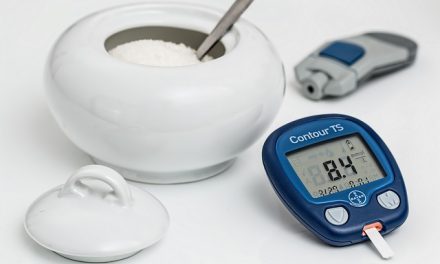Are you concerned about a child’s eating or physical activity level? It may seem like a daunting task, but you can help improve their habits!
The things children learn when they are young are hard to change as they get older. This is true for their eating and physical activity habits – and why it is so important for you to set a good example and take action sooner than later.
Many children have a poor diet and are not very active. They may eat foods high in calories and fat and not eat enough fruits and vegetables.
Children may also watch TV, play video games, or use the computer instead of being active.
Children who are overweight have a greater chance of becoming obese adults.
Overweight children may develop weight-related health problems like high blood pressure and diabetes at a young age.
You can find out if your child is overweight or obese by using the CDC’s Body Mass Index calculator for Children and Teens.
Help your child build healthy eating and activity habits with these tips:
- Limit time spent watching TV, playing video games, and using the computer.
- Make sure your child is physically active for 1 hour each day.
- Find out about activity programs in your community.
- Ask your children what they like to do and what they’d like to try, like Little League Baseball or a swim team.
- Plan activities for the whole family — like hiking, walking, or playing ball.
- Help your children eat healthy foods.
- Have your children plan and cook healthy meals with you.
- Don’t do other things while you eat, like watch TV.
- Give your kids healthy snacks, like fruits, whole-grain crackers, and vegetables.
- Limit your trips to fast-food restaurants.
- Involve the whole family in healthy eating. Don’t single out your children by their weight.
We know children do what they see – not always what they are told. Set a good example for your children. Your kids will learn to eat right and be active by watching you!
Hopefully, these tips will help motivate you to take steps to set your child on the right track for a healthy lifestyle.
Measuring Height Accurately at Home
To measure height accurately at home to calculate BMI-for-age:
- Remove the child or teen’s shoes, bulky clothing, and hair ornaments, and unbraid hair that interferes with the measurement.
 Take the height measurement on flooring that is not carpeted and against a flat surface such as a wall with no molding.
Take the height measurement on flooring that is not carpeted and against a flat surface such as a wall with no molding.- Have the child or teen stand with feet flat, together, and against the wall. Make sure legs are straight, arms are at sides, and shoulders are level.
- Make sure the child or teen is looking straight ahead and that the line of sight is parallel with the floor.
- Take the measurement while the child or teen stands with head, shoulders, buttocks, and heels touching the flat surface (wall). (See illustration.) Depending on the overall body shape of the child or teen, all points may not touch the wall.
- Use a flat headpiece to form a right angle with the wall and lower the headpiece until it firmly touches the crown of the head.
- Make sure the measurer’s eyes are at the same level as the headpiece.
- Lightly mark where the bottom of the headpiece meets the wall. Then, use a metal tape to measure from the base on the floor to the marked measurement on the wall to get the height measurement.
- Accurately record the height to the nearest 1/8th inch or 0.1 centimeter.
Measuring Weight Accurately at Home
To measure weight accurately at home to calculate BMI-for-age:
- Use a digital scale. Avoid using bathroom scales that are spring-loaded. Place the scale on firm flooring (such as tile or wood) rather than carpet.
- Have the child or teen remove shoes and heavy clothing, such as sweaters.
- Have the child or teen stand with both feet in the center of the scale.
- Record the weight to the nearest decimal fraction (for example, 55.5 pounds or 25.1 kilograms).









